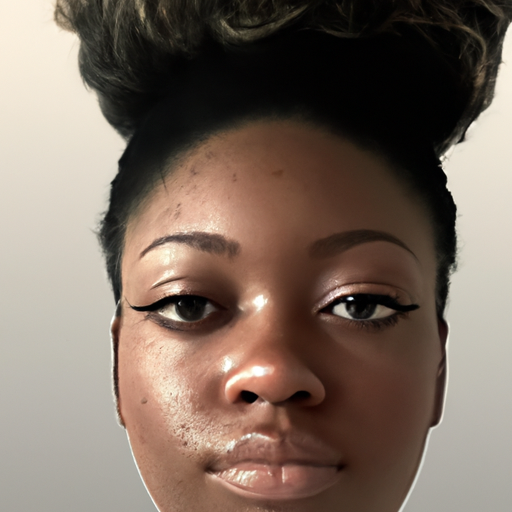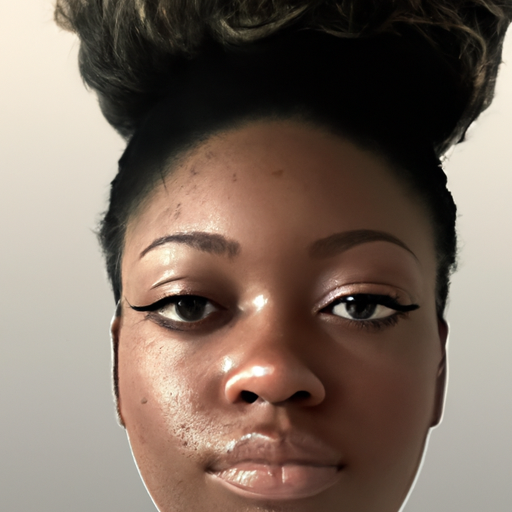As a medical professional, I often encounter patients who are confused about the difference between skin hydration and moisture. Understanding these two concepts is crucial for maintaining healthy skin. This article aims to decode your skin’s thirst by explaining the difference between moisture and hydration needs.
Firstly, let’s understand the skin’s structure. The outermost layer of our skin, the stratum corneum, is responsible for maintaining the skin’s moisture balance. It is composed of dead skin cells and lipids (fats) that help keep our skin hydrated and protected from environmental factors. When this barrier is compromised, it can lead to dry, dull, and irritated skin.
Hydration refers to the water content within your skin cells. Hydrated skin appears plump, elastic, and healthy. Dehydrated skin, on the other hand, can look dull, feel tight, and show signs of premature aging like fine lines and wrinkles. Drinking plenty of water, eating a balanced diet rich in fruits and vegetables, and using skincare products with ingredients like hyaluronic acid can help boost your skin’s hydration levels.
Moisture, however, is about oil content. Moisturized skin is soft, smooth, and has a natural glow. Lack of moisture can result in flaky, itchy, and sensitive skin. To maintain a healthy moisture balance in your skin, it’s essential to use skincare products that replenish the natural oils in your skin. These include products with ingredients like ceramides, fatty acids, and cholesterol.
The confusion arises because many people use the terms hydration and moisture interchangeably. However, they address different aspects of skin health. Hydrating products aim to increase water content in the skin cells, while moisturizing products work to create a barrier on the skin’s surface that locks in that water.
So how do you know if your skin needs hydration or moisture? If your skin feels tight or shows fine lines when you smile or make facial expressions, it’s likely dehydrated and needs hydration. If your skin is rough, flaky, or itchy, it’s probably dry and needs moisture.
To quench your skin’s thirst effectively, you need a balance of both hydration and moisture. A good skincare routine should include hydrating products like serums or essences with hyaluronic acid, followed by a moisturizer to seal in the hydration and keep the skin barrier healthy.
In conclusion, understanding the difference between hydration and moisture is key to addressing your skin’s specific needs. Remember, hydrated skin is plump and elastic, while moisturized skin is soft and smooth. By incorporating both hydrating and moisturizing products into your skincare routine, you can ensure your skin stays healthy, glowing, and youthful. As always, if you’re unsure about your skin’s needs, consult with a dermatologist or skincare professional for personalized advice.




